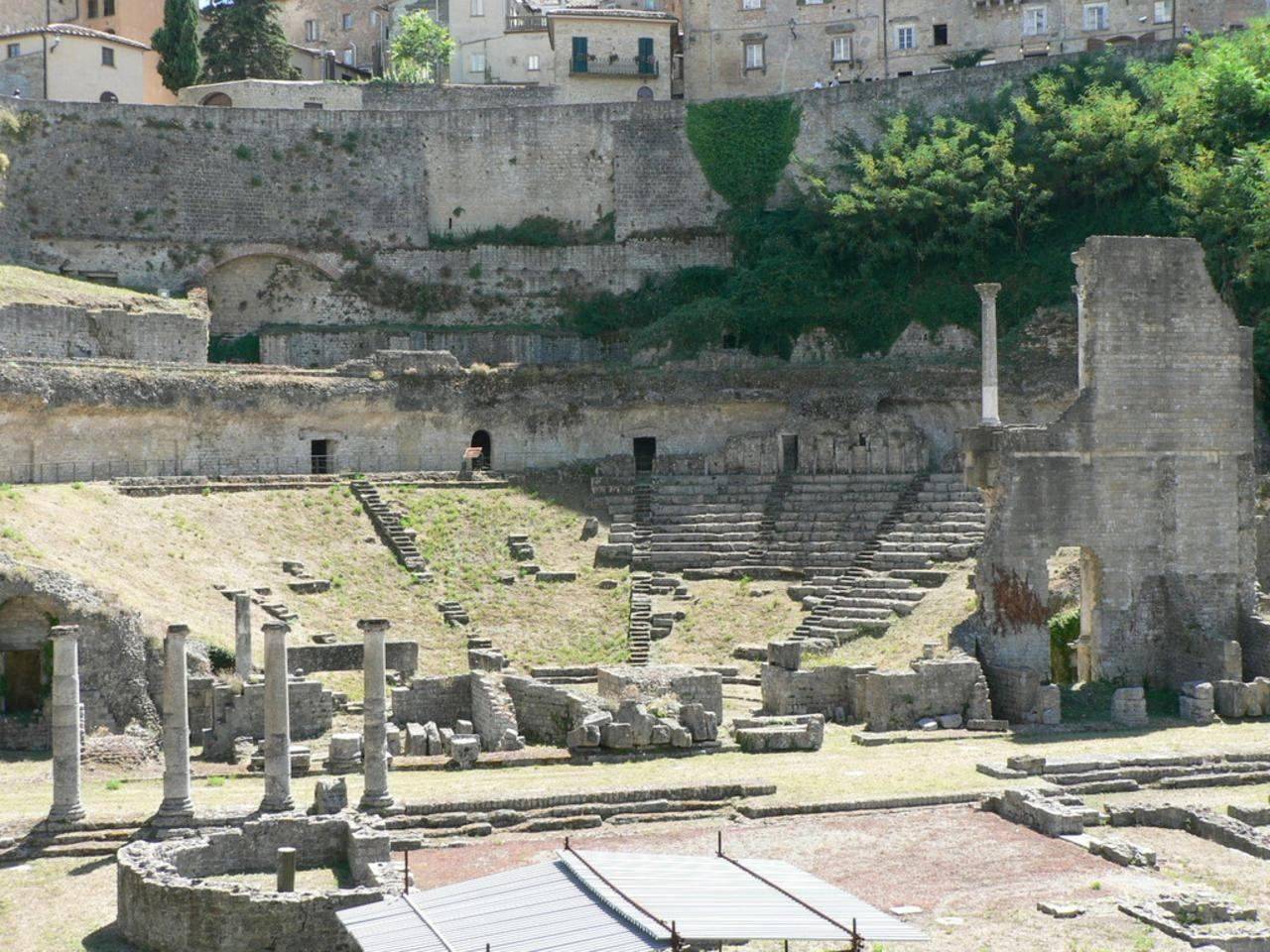The Roman theatre of Volterra, a significant archaeological find, was unearthed in the 1950s during excavations led by Enrico Fiumi. Situated just outside the Porta Fiorentina in Vallebuona, this theatre stands as one of Italy’s most well-preserved Roman theatres.
Ancient Romans
Ancient Roman Historical Sites and Ruins
Ancient Roman Mythology
| Jupiter |
| Juno |
| Neptune |
| Minerva |
| Mars |
| Apollo |
| Venus |
| Diana |
| Vulcan |
| Vesta |
| Ceres |
| Mercury |
| Pluto |
| Janus |
| Bacchus |
| Saturn |
| Cupid |
Roman Artifacts
| The Pilate Stone |
| The Lycurgus Cup |
| Scorpio (weapon) |
| Vindolanda Tablets |
Historical Figures
| The Full List of Roman Emperors |
| Nero |
| Julius Caesar |
| Marcus Aurelius |
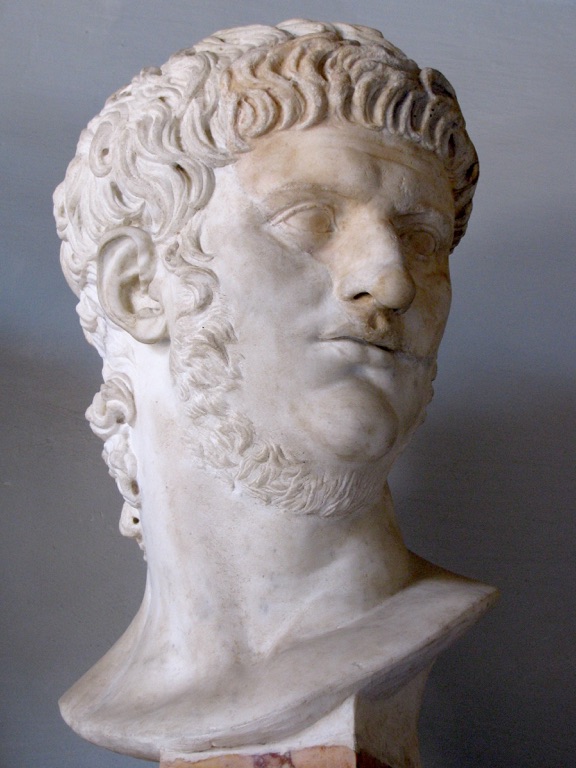
Nero
Nero Claudius Caesar Augustus Germanicus, born Lucius Domitius Ahenobarbus on 15 December AD 37, ascended to the Roman throne as the final emperor of the Julio-Claudian dynasty. His reign, from AD 54 until his death in AD 68, was marked by significant cultural contributions as well as political and social turmoil.
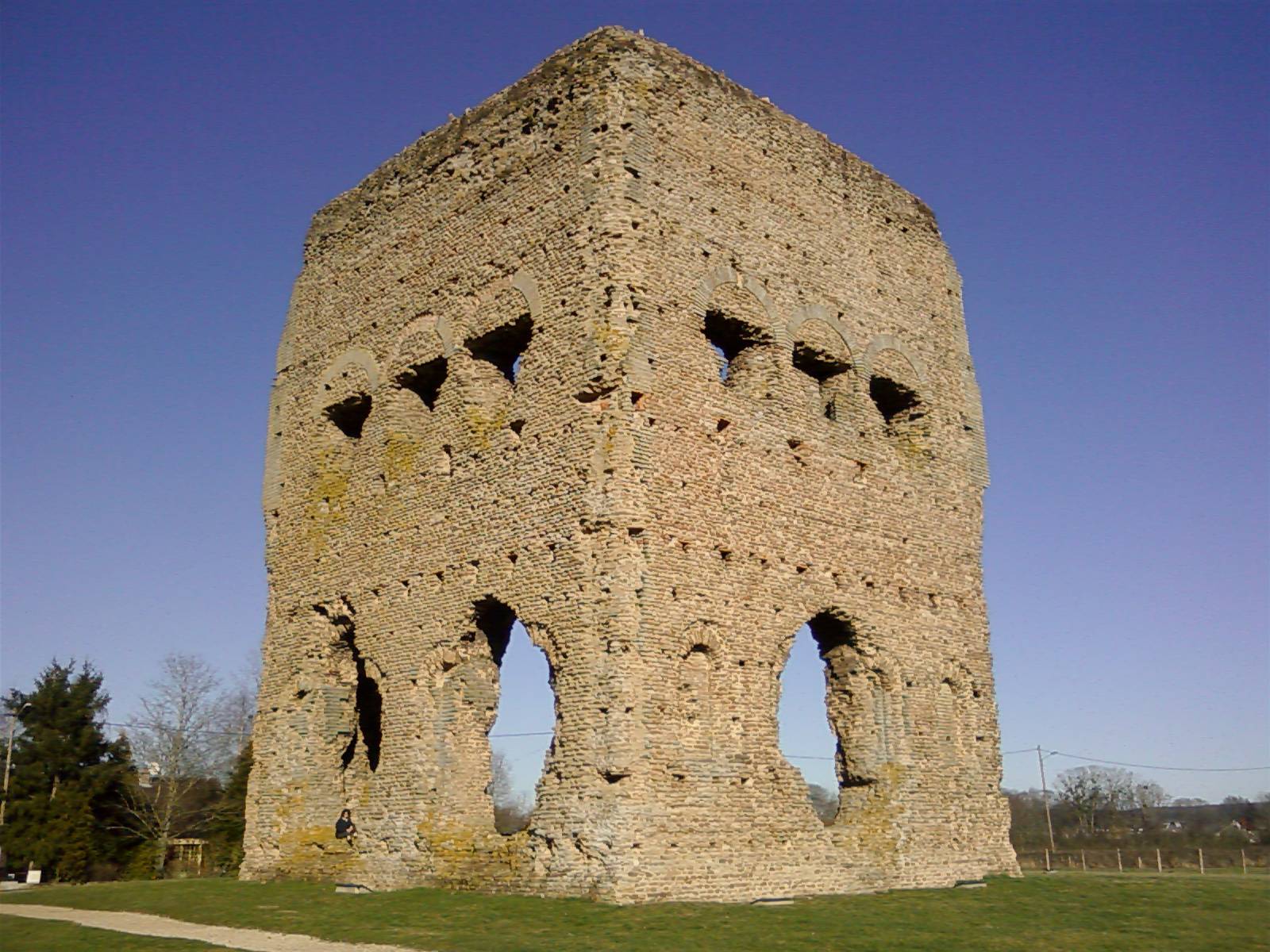
Autun
Autun, a subprefecture of the Saône-et-Loire department in the Bourgogne-Franche-Comté region of central-eastern France, holds a significant place in history, dating back to its foundation during the early Roman Empire. Originally named Augustodunum by Emperor Augustus, the city served as a Roman capital for the Gallic people Aedui, replacing their political center at Bibracte, located approximately 25 km away. The strategic relocation and the establishment of Augustodunum underscore the Roman Empire’s efforts to consolidate its power and influence over the Gallic territories.
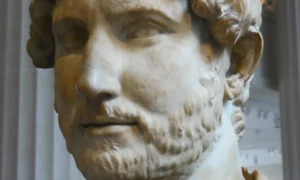
The Full List of Roman Emperors
The Roman Empire, spanning from 27 BC to 476 AD in the West and until 1453 AD in the East, stands as one of the most influential and enduring political entities in human history. Its rulers, known as emperors, wielded unparalleled power over the Mediterranean world and beyond, shaping the course of history through their policies, military campaigns, and sometimes even their personal whims. This blog post aims to provide a detailed overview of the full list of Roman Emperors, from the rise of Augustus, the first emperor, through the complex period of the Tetrarchy, and finally to the fall of Constantinople, marking the end of the Eastern Roman Empire.
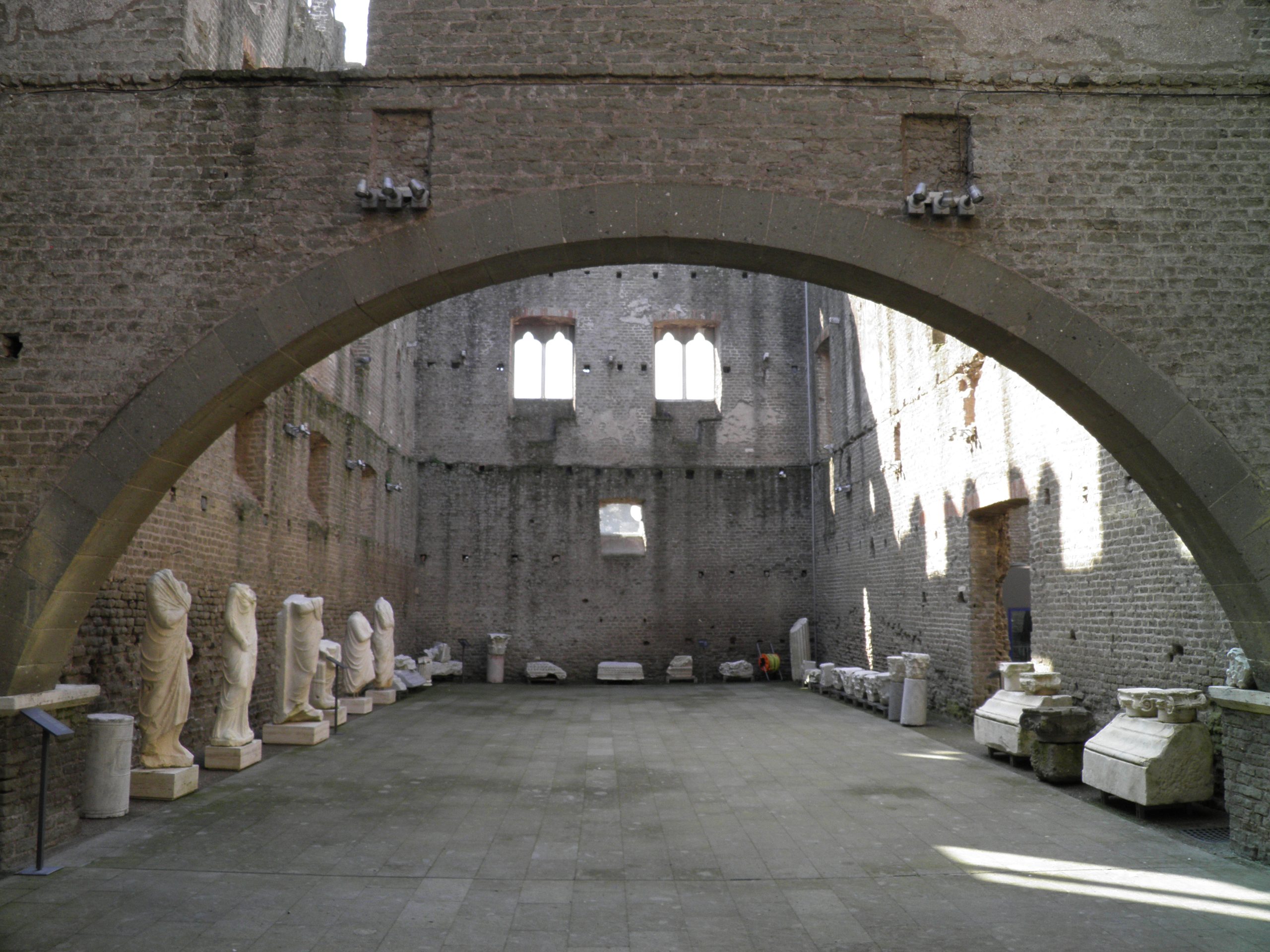
Tomb of Caecilia Metella
The Tomb of Caecilia Metella stands as a striking mausoleum on the ancient Appian Way, just outside of Rome, Italy. This monumental tomb, dating back to the 1st century BC, is a testament to the grandeur of Roman architecture and the social status of the family it represents. The circular drum and its battlemented top make it one of the most distinctive and best-preserved tombs of its kind. It was built for Caecilia Metella, a member of a prominent Roman family, and has since become a symbol of the power and wealth of the Roman elite.
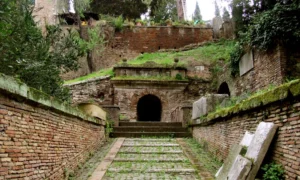
Tomb of the Scipios
The Tomb of the Scipios, located in Rome, is an ancient burial ground that dates back to the 3rd century BC. It served as the final resting place for members of the Scipio family, one of the most prominent families in the Roman Republic. The tomb gained fame due to its association with Scipio Africanus, the celebrated Roman general who defeated Hannibal in the Second Punic War. Despite his fame, Africanus was not buried here, but the tomb still holds the remains of other significant members of the Scipio family. Over time, the site fell into disrepair and was rediscovered in the 17th century, providing valuable insights into Roman funerary practices and the Scipio family’s history.

